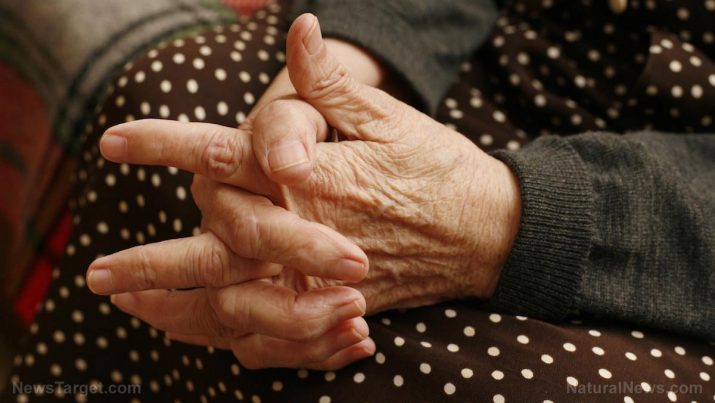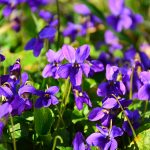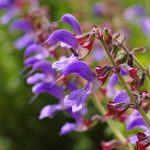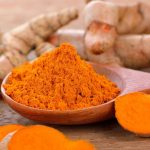
Chinese ethnomedicine found to effectively alleviate rheumatoid arthritis symptoms with no side effects
Wednesday, August 29, 2018 by Edsel Cook
http://www.naturalnewsherbs.com/2018-08-29-chinese-ethnomedicine-found-to-effectively-alleviate-rheumatoid-arthritis-no-side-effects.html

Diu Le Bang is the traditional Chinese name for a folk medicine derived from the Claoxylon indicum plant. This ethnomedicine was recently reported to possess great potential as a safe and effective way to treat the painful symptoms of rheumatoid arthritis.
Rheumatoid arthritis inflicts painful deformation upon the joints of its victims. It is a chronic, inflammatory, and systemic autoimmune disease that can effectively disable patients. Close to 800 million people around the world suffer from the disease. More than 10 million patients are Chinese.
Current treatment methods employ non-steroidal anti-inflammatory drugs, disease-modifying anti-rheumatic drugs, and biological drugs to reduce inflammation and control pain. Many of these pharmaceutical drugs can cost an arm and a leg, while others have limited effectiveness or cause harmful side effects.
Researchers from the Nanjing University of Chinese Medicine (NJUCM) looked into alternative means of treating rheumatoid arthritis. While browsing the cornucopia of traditional Chinese medicine for appropriate ethnomedicines, they came across Diu Le Bang.
Diu Le Bang is the root of C. indicum. This common flowering plant is found in southern China. It has been used as an ethnomedicine to treat foot edema, lumbocrural pain, and rheumatoid arthritis. (Related: Ayurveda’s panchakarma modality found to be a safe and effective treatment for postpartum rheumatoid arthritis.)
Diu Le Bang ethnomedicine tested for anti-arthritic compounds and activities
The NJUCM researchers previously studied the unrelated medicinal herb Securidaca inappendiculata. The root of this different plant is also called Diu Le Bang and used to treat the same diseases.
In addition to displaying the anti-arthritic capabilities of S. inappendiculata, that earlier study also showed that the ethanol extract from Diu Le Bang possessed similar abilities. Furthermore, the Chinese researchers reported finding the anti-arthritic compounds oleanolic acid and scopoletin in the extract of the latter plant.
Oleanolic acid is known to reduce inflammation in mice and rats. It and scopoletin have also been shown to reduce the effect of adjuvant-induced chronic arthritis.
For their latest study, the researchers investigated the effects of Diu Le Bang extract on mice with adjuvant-induced joint arthritis. This animal model shares many similarities with rheumatoid arthritis in humans.
At the start of the experiment, the mice were injected with an oil-based adjuvant that caused their hind paw and joints to swell and turn red for up to 15 days. A week into the trial, they were given a second injection.
After that additional injection, some of the arthritis-afflicted animals were given two different doses of extract. On the 28th day of the trial, all mice were sacrificed, and the appropriate samples were analyzed.
Diu Le Bang extract safely and effectively reduces joint arthritis in mice
The researchers reported that both doses of the Diu Le Bang extract reduced the arthritis score and improved the edema index. The extract prevented much of the morphological changes caused by rheumatoid arthritis.
Furthermore, the extract lowered the MDA levels in the blood. The active compounds helped protect the membrane. They also improved the ability of local antioxidants to scavenge toxic free radicals.
The extract was able to down-regulate alkaline phosphatase (ALP) that caused damage to organs and bones. It also reduced the expression of the pro-inflammatories IL-1? and TNF-? in the knee joints of the mice. This protected the cartilage and bone from degradation, degeneration, and increased inflammation.
Last but not least, the toxicity test showed that the 0.4 and 0.8 grams per kilogram (g/kg) doses of extract were safe for the mice.
The researchers concluded that Diu Le Bang possessed anti-arthritic activities that suppressed the development of adjuvant-induced joint arthritis in mice. They recommended further investigation of the extract as a potential treatment for rheumatoid arthritis.
Read about more herb-based arthritis remedies at NaturalCures.news.
Sources include:





